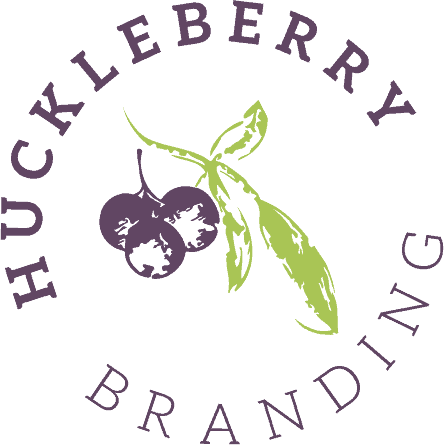It’s Time to Stop Chasing Website Trends
In the ever-changing world of web design, it’s easy to feel the pressure to adopt the latest trends. Parallax scrolling, neon gradients, or oversized typography might seem like cool features, but they’re not right for every business and can be as fleeting as the wind. In fact, chasing trends can do more harm than good for your brand in the long run if they’re not implemented with your business’s long-term objectives and target audience in mind.
Here are the top reasons why you should resist the temptation to follow every new website design craze.
Trends Can Make Your Brand Inconsistent
Your website is an extension of your brand. Frequent design overhauls based on fleeting trends can confuse your audience and dilute your brand’s identity. Consistency is key to building trust and recognition. Adopting every new trend might leave your visitors wondering who you are and what your business stands for.
Example: Imagine a financial services website switching from a sleek, professional design to a playful, cartoonish style just because it’s “in vogue.” This mismatch could undermine credibility and deter clients from trusting the company.
Trends Quickly Become Outdated
What’s trendy today may look dated tomorrow. Websites designed around short-lived fads often require frequent updates to stay current, which can be costly and time-consuming. Instead of chasing trends, focus on creating a timeless design that aligns with your brand and appeals to your target audience.
Tip: Prioritize usability and clarity over flashy effects. A clean, user-friendly design never goes out of style.
Trends Can Hurt User Experience
Many design trends prioritize aesthetics over functionality. Elements like infinite scrolling or excessive animations may look impressive but can frustrate users, bog down site speed, and hinder navigation. A poorly executed trend can result in higher bounce rates and lost opportunities.
Key Consideration: Always prioritize your users’ needs and behavior over visual gimmicks. If a trend doesn’t improve user experience, it’s not worth implementing.
Your Business Goals Should Drive Design
A successful website is one that achieves your business goals, whether that’s generating leads, driving sales, or building brand awareness. Trends often distract from these goals, focusing more on superficial elements than on delivering tangible results. Design decisions should always align with your objectives, not with what’s popular.
Example: A minimalist trend might encourage you to hide navigation options for a cleaner look and keep copy to a minimum, but if that hampers your users’ ability to find information or decimates your SEO efforts, it’s counterproductive.
Trends May Not Reflect Your Audience’s Preferences
Your website should resonate with your specific target audience. What appeals to a younger, trend-savvy demographic might alienate an older or more professional audience. It’s essential to understand your audience’s expectations and design a website that speaks directly to them.
Tip: Conduct user research before implementing any major design changes. Feedback from your actual audience is more valuable than inspiration from a design trend. Ghostek is a great example of a brand that knows their audience and their preferences, which is reflected in both their product and web design.
How to Stay Modern Without Chasing Trends
While chasing trends can be risky, that doesn’t mean you should ignore modern design principles altogether. Here’s how to keep your website relevant:
- Stay Aligned with Your Brand: Ensure all of your brand assets, from your website to other graphic design materials, are cohesive and consistent to improve brand recognition.
- Focus on Usability: Ensure your site is fast, responsive, and easy to navigate, no matter what design aesthetic you choose.
- Incorporate Timeless Design: Use clean layouts, readable fonts, and balanced color schemes.
- Adopt Proven Innovations: Implement features like mobile optimization and accessibility improvements, which provide lasting value.
- Update Content Regularly: Keep your website fresh with new blogs, case studies, or product updates rather than relying solely on design changes..
Don’t Drive Yourself Crazy Chasing Web Design Trends
The problem with trends is that they change quickly. To keep up with every trend requires an enormous amount of time and expense. If implemented poorly or hastily, chasing web design trends can result in a hodge-podge, slap shod look, rather than a strong, memorable web design.
Stick to your brand aesthetic, focus on functionality, and listen to what your audience wants. You want your brand to stand out, not blend in. While it’s worthwhile to observe what you like or don’t like about specific trends, that doesn’t mean it’s right for your brand. A strong brand voice and a recognizable presence will draw people to your brand.
Remember, your brand is your own. That’s not to say you shouldn’t ever experiment with design or add new design elements; you should! But consider your why and then think about how to approach a brand update strategically, if necessary. If it’s not needed, re-channel that creative energy into a campaign, advertising, or potential event. Be a brand leader, not a follower.


